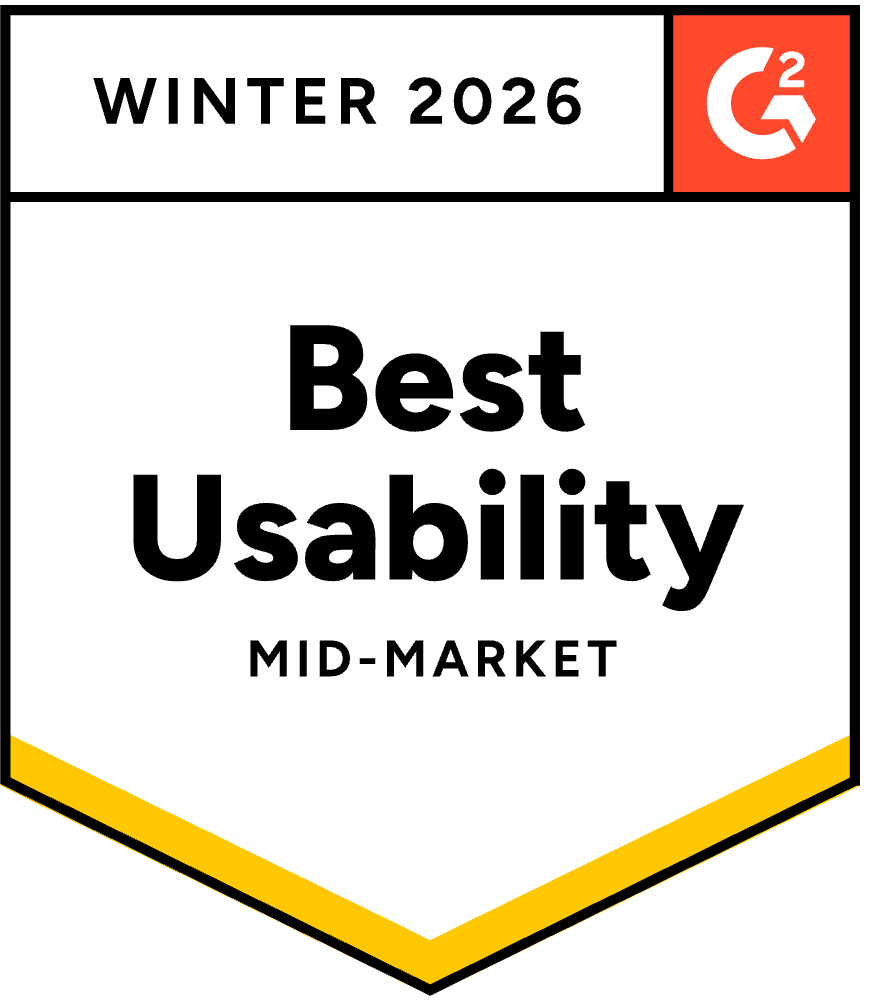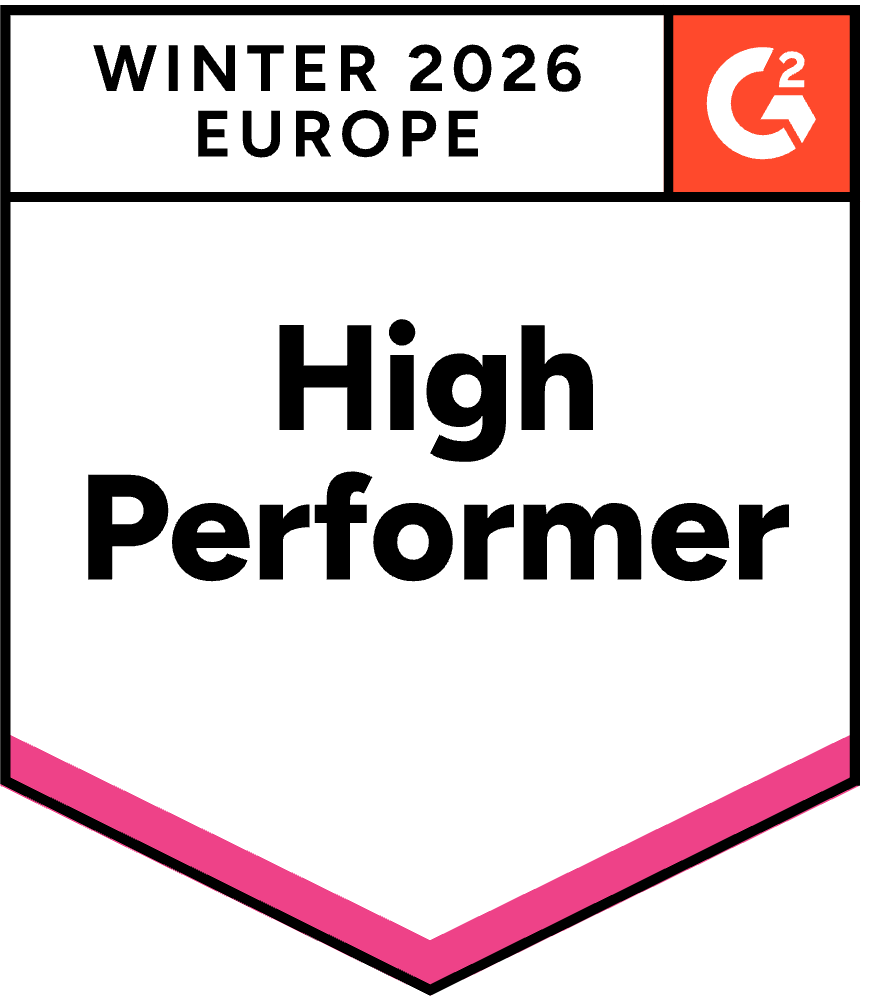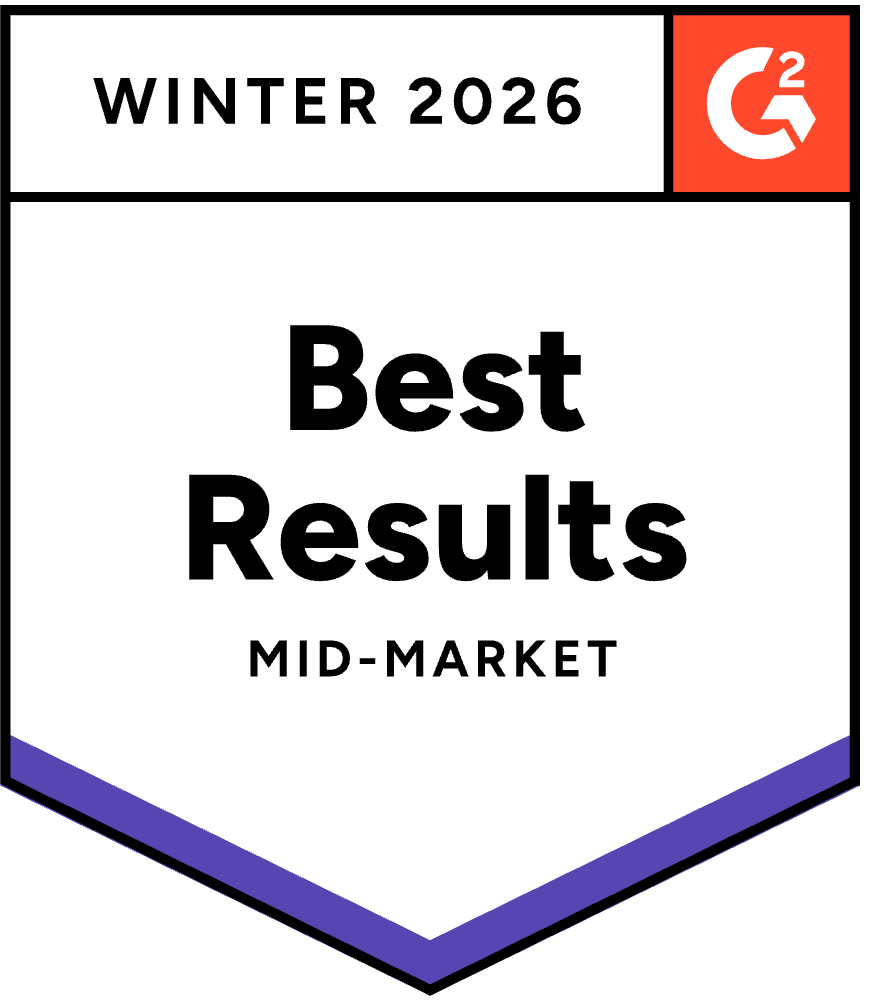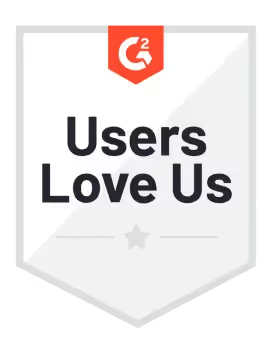



Discover more integrations
No items found.
Get in touch CTA Section
Lorem ipsum dolor sit amet, consectetur adipiscing elit, sed do eiusmod tempor incididunt ut labore et dolore magna aliqua.
Frequently asked questions
What is “data-quality-as-code”?
Data-quality-as-code (DQaC) allows you to programmatically define and enforce data quality rules using code. This ensures consistency, scalability, and better integration with CI/CD pipelines. Read more here to find out how to leverage it within Sifflet
Is there a networking opportunity with the Sifflet team at Big Data Paris?
Yes, we’re hosting an exclusive after-party at our booth on October 15! Come join us for great conversations, a champagne toast, and a chance to connect with data leaders who care about data governance, pipeline health, and building resilient systems.
What are some signs that our organization might need better data observability?
If your team struggles with delayed dashboards, inconsistent metrics, or unclear data lineage, it's likely time to invest in a data observability solution. At Sifflet, we even created a simple diagnostic to help you assess your data temperature. Whether you're in a 'slow burn' or a 'five alarm fire' state, we can help you improve data reliability and pipeline health.
What are some key benefits of using an observability platform like Sifflet?
Using an observability platform like Sifflet brings several benefits: real-time anomaly detection, proactive incident management, improved SLA compliance, and better data governance. By combining metrics, metadata, and lineage, we help teams move from reactive data quality monitoring to proactive, scalable observability that supports reliable, data-driven decisions.
Why is data reliability so critical for AI and machine learning systems?
Great question! AI and ML systems rely on massive volumes of data to make decisions, and any flaw in that data gets amplified at scale. Data reliability ensures that your models are trained and operate on accurate, complete, and timely data. Without it, you risk cascading failures, poor predictions, and even regulatory issues. That’s why data observability is essential to proactively monitor and maintain reliability across your pipelines.
How does Sifflet support data quality monitoring for large organizations?
Sifflet is built to scale. It supports automated data quality monitoring across hundreds of assets, as seen with Carrefour Links monitoring over 800 data assets in 8+ countries. With dynamic thresholding, schema change detection, and real-time metrics, Sifflet ensures SLA compliance and consistent data reliability across complex ecosystems.
Why is data observability important for large organizations?
Data observability helps organizations ensure data quality, monitor pipelines in real time, and build trust in their data. At Big Data LDN, we’ll share how companies like Penguin Random House use observability tools to improve data governance and drive better decisions.
Why is data quality management so important for growing organizations?
Great question! Data quality management helps ensure that your data remains accurate, complete, and aligned with business goals as your organization scales. Without strong data quality practices, teams waste time troubleshooting issues, decision-makers lose trust in reports, and systems make poor choices. With proper data quality monitoring in place, you can move faster, automate confidently, and build a competitive edge.















-p-500.png)
